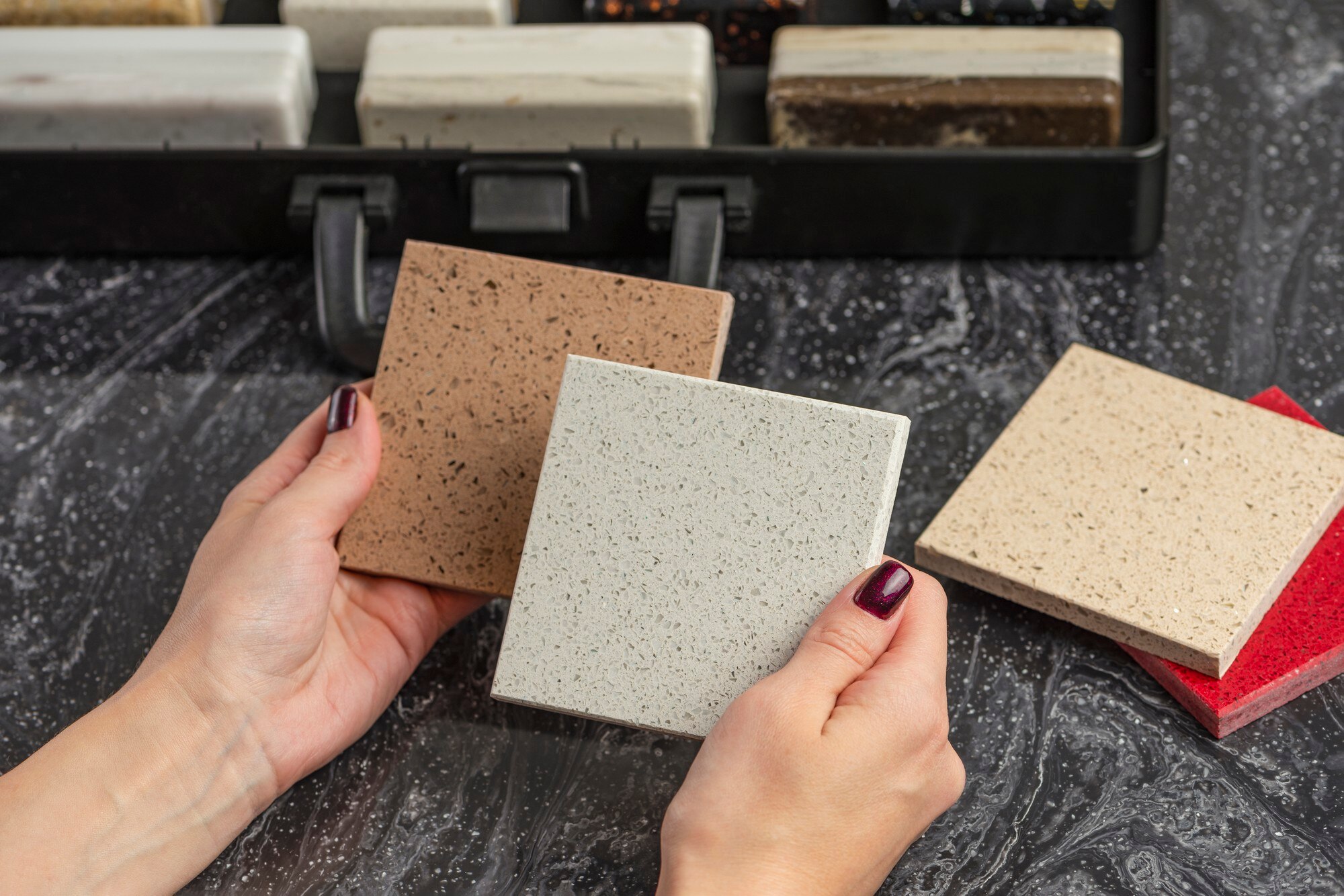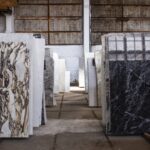Natural stones are an excellent choice for both aesthetic appeal and durability. Whether used for countertops, flooring, or exterior facades, these stones add elegance and sophistication to any space, while also offering long-term functionality. However, selecting the right natural stone involves more than just visual appeal. There are several crucial factors to consider to ensure that your stone not only looks great but also performs well over time. In this article, we will explore the 5 most important factors to consider when choosing natural stone.
1. Durability and Strength
The durability of natural stone is one of the most important factors to consider when making your selection. The stone’s ability to withstand wear and tear, scratches, and impacts will determine how well it holds up in high-traffic areas or harsh environments.
For example, granite is well-known for its hardness and resilience, making it a popular choice for kitchen countertops. Marble, while aesthetically stunning, tends to be more prone to scratches and staining, making it less suitable for high-use areas unless properly maintained. On the other hand, stones like travertine may not be as durable for high-impact or outdoor use but are perfect for areas with moderate traffic. Choosing the right stone based on its strength and wear resistance ensures that your investment will last for many years.
When it comes to durability, granite is considered one of the most reliable options due to its hardness and resistance to scratches. If you’re looking for a stone that can stand up to heavy use without compromising its appearance, granite is an excellent choice. However, softer stones like marble require more careful maintenance to preserve their look and functionality.

2. Aesthetic Appeal and Design Compatibility
Natural stones are renowned for their unique textures, colors, and patterns. Each stone has its own character, which adds a layer of individuality to any space. When choosing natural stone, it’s essential to consider how the stone will complement the overall design and aesthetic of the room or building.
For example, in a modern interior, white marble or gray-toned granite can create a sleek, timeless look. Contrasting colors, such as black and white, add a classic yet luxurious feel. If you are looking for a more organic, natural look, beige travertine or earth-toned granite can offer a harmonious and warm aesthetic. The right natural stone can seamlessly blend with the room’s lighting, furniture, and overall style, creating a balanced and visually appealing atmosphere.
When selecting natural stone, it’s crucial to consider how the colors and patterns will interact with other design elements. For instance, large, intricate patterns may work well in large, open spaces but could overwhelm smaller rooms. Lighter stones tend to brighten up a space, while darker stones create a more dramatic effect. Understanding how natural stone complements the overall design vision can help you make a choice that enhances the room’s beauty.
3. Ease of Maintenance and Cleaning
The maintenance requirements of natural stones vary depending on the type of stone. Some stones require minimal upkeep, while others may need more attention to maintain their appearance and performance. When selecting a natural stone, it’s essential to think about how much time and effort you are willing to invest in maintaining the material.
Granite is one of the most low-maintenance stones, requiring only regular cleaning to keep its surface pristine. Its resistance to scratches and staining makes it an excellent choice for kitchens, where spills and heavy use are common. Marble, however, is more prone to staining, especially from acidic substances like citrus or vinegar. Regular sealing and careful cleaning are essential to preserve its beauty and longevity.
If you’re looking for a stone that requires minimal maintenance, travertine or limestone may be a better choice, as these stones are easier to care for and don’t require frequent sealing. However, if you opt for a more delicate stone like marble, you should be prepared to invest in maintenance to keep it looking its best.

4. Climate Conditions and Outdoor Use
The climate of the area where the stone will be installed plays a significant role in its longevity and performance. Outdoor stones need to be resistant to weather elements such as rain, snow, extreme heat, and freezing temperatures. Some natural stones are better suited for outdoor use than others, as they can withstand these elements without degrading over time.
Granite is a highly durable stone that can endure harsh weather conditions, making it ideal for exterior facades, outdoor kitchens, and patios. Travertine and limestone, while aesthetically beautiful, are not as resistant to freezing temperatures and high moisture levels, making them less suitable for outdoor applications in cold or wet climates.
When choosing a natural stone for outdoor use, it’s essential to select a material that can withstand temperature fluctuations, moisture, and other environmental factors. Stones that are resistant to water absorption and frost will perform better and maintain their appearance in the long run.
5. Budget and Cost-Effectiveness
The cost of natural stone varies greatly depending on the type of stone, its rarity, and the amount of work involved in quarrying, cutting, and polishing the stone. Budget is a critical factor when choosing natural stone, as more expensive materials can significantly impact the overall project cost.
Granite and travertine tend to be more affordable, while marble and rarer stones, such as onyx or soapstone, are often more expensive due to their unique properties and limited availability. While the initial cost of more luxurious stones may be higher, their aesthetic value and longevity often justify the investment. However, it’s essential to weigh the cost of the stone against its durability, maintenance needs, and the long-term value it provides.
If you’re working with a limited budget, opting for more common stones like granite or quartzite can still offer a high-end look without the steep price tag. Keep in mind that while a stone may be less expensive upfront, choosing a higher-quality material can reduce future maintenance costs and improve the longevity of the installation.
Conclusion: Key Considerations for Choosing Natural Stone
Selecting the right natural stone for your project is not just about aesthetics—it’s about finding the right balance of durability, maintenance, cost, and design compatibility. By considering these five key factors—durability, aesthetics, maintenance, climate suitability, and budget—you can make an informed decision that will provide both beauty and practicality for years to come.
Whether you’re renovating your kitchen, installing new flooring, or updating your outdoor spaces, natural stone offers endless possibilities. The unique textures and colors of each stone allow for customization, ensuring that your space reflects your personal style. With careful consideration and proper maintenance, natural stone can become a long-lasting investment that enhances the value and appeal of any property.




